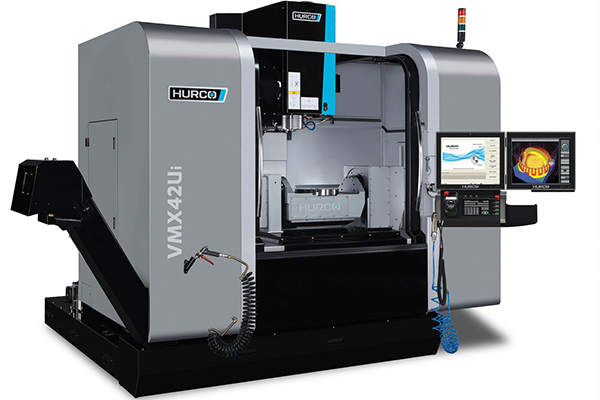Newsroom
What types of bearing would be the best to build 5 axis cnc milling machines
2016-11-15 
5-axis CNC machines perform complex simultaneous movements across X, Y, Z, A (tilting), and C (rotary) axes. This places extraordinary demands on every mechanical component—especially the bearings that support the spindle and rotary axes.
The right bearings must provide:
- Extreme precision
- High rigidity
- Resistance to thermal expansion
- Smooth operation at high speed
- Multi-directional load support
Choosing the wrong bearing can compromise the machine’s performance, reduce component lifespan, and lead to vibration or thermal instability.
Best Bearings for Each 5-Axis CNC Component
1. Spindle Bearings – The Heart of Precision
- The spindle rotates at 10,000–50,000 RPM, demanding ultra-high-speed, low-friction bearings.
- Angular Contact Ball Bearings– The gold standard for CNC spindles.
- Matched sets (DB/DF/DT configurations) for optimal preload.
- ABEC-7/P4 or higher precision class for minimal runout.
- Hybrid Ceramic Bearings – Silicon nitride balls reduce heat and allow higher RPMs.
2. Rotary Axes (A, B, or C-axis) – Handling Complex Movements
5-axis machines tilt and rotate workpieces, requiring bearings that resist combined loads.
Crossed Roller Bearings – Best for direct-drive rotary tables.
Handles radial, axial, and moment loads simultaneously.
Extremely rigid with near-zero backlash.
YRT (Axial-Radial) Bearings – Used in heavy-duty rotary tables with high torque resistance.
3. Linear Axes (X, Y, Z) – Smooth and Accurate Motion
Precision Ground Ball Screw Bearings – Angular contact pairs (DB/DF) for thrust support.
Roller-Type (LM Guide) – Best for heavy cutting (e.g., THK SRG series).
Ball-Type (HIWIN HGH) – For high-speed, lighter loads.
4. Trunnion/Tilt Axis (5th Axis) – Stability Under Dynamic Loads
Tapered Roller Bearings + Angular Contact ball bearing – Ideal for high-moment loads in tilting mechanisms.
Key Considerations When Selecting Bearings
- Preload: Eliminates play for better accuracy.
- Lubrication: Grease (low maintenance) or oil-mist (high-speed spindles).
- Thermal Stability: Critical for avoiding thermal expansion errors.
- Stiffness vs. Speed Trade-off: High rigidity often reduces max RPM.
For more info, feel free to contact QIBR technical team.


